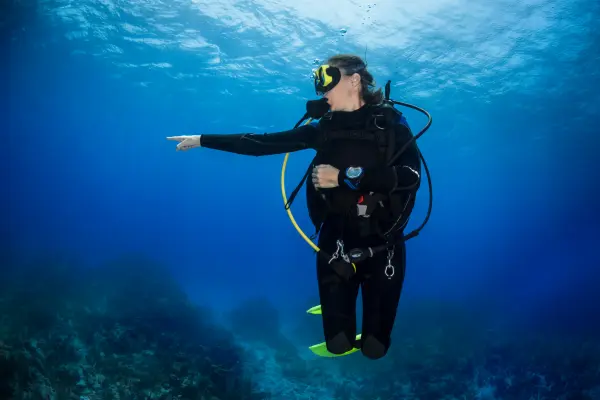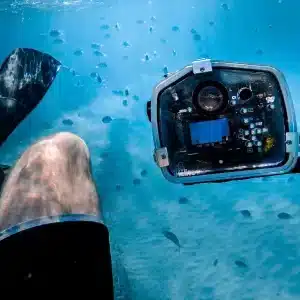Top 5 Essential Tips for Scuba Diving in soma bay
Scuba diving in the Red Sea is a dream come true for many underwater enthusiasts.
Red Sea is Known as one of the world’s most iconic diving destinations, it offers a mesmerizing combination of vibrant coral reefs, abundant marine life, and historic shipwrecks that captivate divers of all levels.
Whether you’re exploring shallow coral gardens or venturing into the depths of famous wrecks like the Thistlegorm, the Red Sea promises an unparalleled experience.
With warm waters, excellent visibility, and a rich variety of dive sites, it’s no wonder this region is a top choice for divers from across the globe.
However, as with any great adventure, preparation is key to ensuring a safe and enjoyable experience.
Whether you’re a seasoned diver or taking your first plunge into the underwater world, understanding the unique conditions of the Red Sea and adopting best practices can make all the difference.
Proper preparation helps you not only maximize your enjoyment but also contribute to the preservation of this delicate marine ecosystem.
Here are five essential tips to ensure you make the most of your time beneath the waves and create unforgettable memories while Scuba Diving in the Red Sea.
1. Choose the Right Dive Sites for Your Skill Level
The Red Sea boasts a wide variety of dive sites, from shallow coral gardens perfect for beginners to advanced wrecks and deep drop-offs.
Popular beginner-friendly spots include:
- Gota Abu Ramada (The Aquarium)
- Sha’ab El Erg (Dolphin House)
while experienced divers might explore:
- Elphinstone Reef
- Abu Nuhas Wrecks
Always consult with your dive operator to find sites that match your experience level.

Why It Matters?
Diving within your skill level ensures safety and maximizes your enjoyment. Overly challenging sites can lead to stress and potential hazards.
2. Prioritize Safety and Certification
Before Scuba Diving in the Red Sea ensure that your certifications are up-to-date and appropriate for the dive sites you plan to visit.
If you’re new to diving, consider starting with a PADI Open Water Diver course to gain confidence and foundational skills.
For advanced dives like the Thistlegorm Wreck, additional certifications such as Advanced Open Water or Wreck Diver are essential.
Key Safety Practices
– Perform thorough equipment checks before every dive.
– Always dive with a buddy and follow your dive plan.
– Use a surface marker buoy (SMB) for visibility.
3. Respect Marine Life and the Environment
The Red Sea is home to a delicate ecosystem that requires care and respect from all of us. Avoid touching corals or disturbing marine creatures, as this can cause irreversible damage.
Use reef-safe sunscreen to prevent harmful chemicals from entering the water when Scuba Diving in the Red Sea.

Eco-Friendly Tips
– Maintain neutral buoyancy to avoid accidental contact with reefs.
– Take only photographs, leaving the underwater world as you found it.
– Support sustainable dive operators who prioritize marine conservation.
4. Stay Hydrated and Protected
The Red Sea’s warm climate and salty waters can lead to dehydration. Drink plenty of water before and after your dives, and avoid excessive caffeine or alcohol.
Protect your skin from the sun with a long-sleeve rash guard and a wide-brimmed hat for surface intervals.
Additional Tips
– Bring rehydration salts for extra electrolyte support.
– Wear polarized sunglasses to reduce glare and protect your eyes.
5. Invest in the Right Gear
Having well-fitted and reliable equipment is crucial for a safe and enjoyable dive.
While renting gear is convenient, frequent divers might consider investing in their masks, fins, and wetsuits for comfort and hygiene.
Advanced equipment like dive computers can enhance your underwater experience by providing vital information.

Gear Checklist
– Mask and Snorkel: Ensure a snug fit to prevent leaks.
– Wetsuit: A 3mm suit is suitable for most Red Sea dives.
– Dive Computer: Tracks your depth, time, and no-decompression limits.
By following these tips, you can enjoy Scuba Diving in the Red Sea with confidence and care.
Ready to take the plunge? Book your next diving adventure with Extra Fun Diving Club and discover why the Red Sea is a diver’s paradise




